Lumerin, a protocol and foundational layer technology using smart contracts to control how P2P data streams are accessed, routed, and transacted, today announced its testnet node for decentralized artificial intelligence (AI) compute will go live in Q2 or Q3 on the Morpheus AI network. The Lumerin team are avid code contributors and, upon seeing the opportunity represented by Morpheus, contributed codebase that was years in the making and battle-tested. Lumerin’s testnet node is a key step in developing applications that use AI to make Web3 applications more accessible, transparent, and efficient for consumers and businesses alike.
Why Decentralize AI?
Centralized AI models are more prone to inherent biases and increase the risk of censorship and monopoly. Decentralized AI on-chain democratizes access to data and intelligence and ensures better transparency and accountability with open testing benchmarks without the need to rely on flawed, centralized frameworks.
Lumerin Powers The Morpheus AI Network
Lumerin is leveraging its existing codebase to build the core node software for Morpheus, a decentralized AI network that connects users, compute providers, and personal AIs, called Smart Agents, in a seamless Web3 ecosystem. Key benefits include:
Permissionless Access to Personal AIs – Open, transparent, equitable access to public and private AI models.
Decentralized Al Data Routing – Secure, reliable, and efficient allocation of AI resources across the network and within any AI services marketplace.Censorship Resistant – Democratic access to AI that protects data and user privacy.Crypto Payments for AIs – More freedom, better usability, and rewards for Smart Agent providers using crypto payment rails. AI Marketplace – A highly cost-effective, accessible two-sided market for AI services where users and AI service providers transact directly.
“Our code contribution to Morpheus represents a vision of a future where individuals have complete control over their data and their privacy, free from the shackles of government censorship and corporate interests,” said Lumerin project leader, Ryan Condron. “Together we’re on a mission to use decentralized AI to help grow and make Web3 applications more accessible, transparent, and efficient for everyone.”
On Friday, May 10 at 1p ET, Lumerin and Morpheus will host the Spaces session, “Why Decentralized AI Matters,” where community members can join to discuss and learn more about this dynamic topic.
The Utility of MOR Token
Like ETH for Ethereum, MOR is the underlying token and main asset for AI projects launched on the Morpheus network. The main utility of MOR is access to AI compute for holders and rewards for capital and code contributors. In addition, holders will eventually be able to stake MOR towards their favorite Smart Agents and front ends, allowing users to be rewarded in those entities’ native tokens.
MOR can only be earned or purchased. Running on Arbitrum, MOR is now on Uniswap. MOR rewards for capital and code contributors will be available for claim by visiting the MOR Dashboard.
An FAQ and complete details about the MOR token is available here.
About Lumerin
Lumerin is an open-source protocol and foundational layer technology that uses smart contracts to control how P2P data streams are accessed, routed, and transacted. Live on Arbitrum, Lumerin’s first use case is the world’s first peer-to-peer, decentralized marketplace for trading Bitcoin hashpower. Lumerin is currently being leveraged to decentralize and more efficiently allocate AI compute power and, as its ecosystem expands, will enable novel applications on DePIN and the tokenization of real-world assets (RWAs). Lumerin can also enable encrypted video and audio streams, permissioned communications, and programmable data streams and digital assets like NFTs and more. Founded in 2021, Lumerin’s strategic partners include Bloq, Hive Blockchain, Fenbushi Capital and Outlier Ventures, among others.
For more info, visit https://lumerin.io/.

